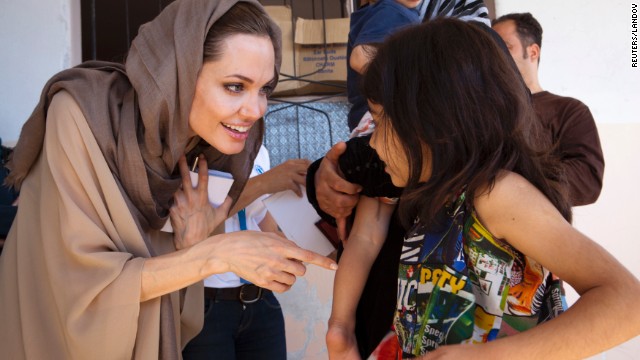I was visiting in Sweden a couple of summers ago, and had to get up early for an appointment. On my way back I passed through a park. It was still early, probably before nine, and the air was cool the way it is in the summer when you know the day is going to be hot.
There were a couple of blonde girls raking leaves in the park. They looked like volleyball players, tall, and strong. I couldn’t figure out what they were doing, until I remembered that Swedish high school and college students often have summer jobs filling in during the regular staff’s summer vacation. (Swedish employees have 6 or 7 weeks of paid vacation time, and usually take 4 of those weeks back to back during the summer.) Outdoor summer jobs are the best, because, well, you get to spend all summer outdoors. When I was growing up you’d only get the outdoor jobs through connections.
Right now I’m also remembering an affluent young woman, one of my students in Silicon Valley. She had grown up on a ranch in Morgan Hill, in the south end of the San Francisco Bay Area. As an undergraduate she spent a semester studying abroad in London.
When she came back to school in California I asked her about her time in London. It was obvious there was something she didn’t want to say. It took some prodding, but finally she told the class that in London had been the first time she’d seen white people do manual labor. White people, looking just like herself, had cleaned, sold tickets to the Underground, worked in the supermarkets, and swept the streets. She’d never before experienced anything like it.
This Los Angeles Times story talks about how the California wine industry has such a hard time finding workers after president Trump’s proposed crackdown on undocumented immigrants that they are forced to pay way more than the minimum wage. From the story:
Some farmers are even giving laborers benefits normally reserved for white-collar professionals, like 401(k) plans, health insurance, subsidized housing and profit-sharing bonuses. Full-timers at Silverado Farming, for example, get most of those sweeteners, plus 10 paid vacation days, eight paid holidays, and can earn their hourly rate to take English classes.
The story’s headline? “Wages rise on California farms. Americans still don’t want the job.”

